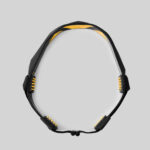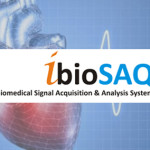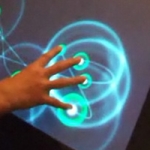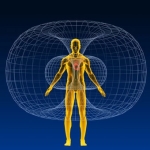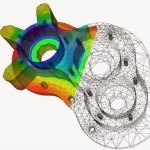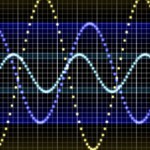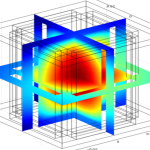90% of the world’s population has or had experienced a cavity. In order to prevent tooth loss and severe oral diseases, it is important to detect the first signs of a cavity infection.
Dental X-ray or Radiograph gives pictures of teeth, bones, and other surrounding areas and can be used for
- Identifying tooth Decay
- Identifying Periodontal diseases
- Checking for any injuries on the oral cavity
Dental Caries, also known as dental decay or tooth decay, is defined as a disease of the hard tissues of the teeth caused by the action of micro-organisms, found in plaque. At the individual level, dental caries is a preventable disease. Classification of dental diseases is decided on the basis of certain criteria, such as based on whether the lesion is within the enamel, dentin or whether it touches the pulp.
Tooth decay is a chronic disease in children, a disease up to five times more common than asthma. This disease is also the primary cause of child tooth loss. Due to the high incidence of cavities, more effective methods of detecting decay early on, such as this X-ray technology, may lead to less severe cavities and thus discounted treatment. Low cost oral care is necessary for all cavity-sufferers to receive access to decay treatment.
Patients should be encouraged that X-ray technology is progressing to better identify different stages of cavities. This emerging technology, in conjunction with dental care, may be a cost-effective treatment to better prevent tooth loss and decay.
Dental caries are, clearly visible in the X-ray changes and it can be detected from the caries lesion present in the radiographs. Better classification of cavity stages could be obtained through proper image processing algorithms and this plays a key role in diagnosis and treatment planning of dental diseases.
The research adopts various image processing techniques on dental X-rays to examine the extent of caries lesion present. Also the works classifies the type of abnormality, facilitating easy diagnosis.



